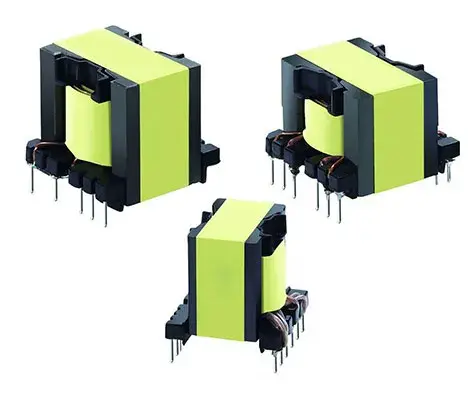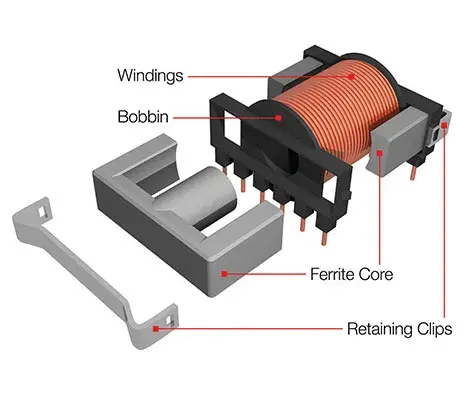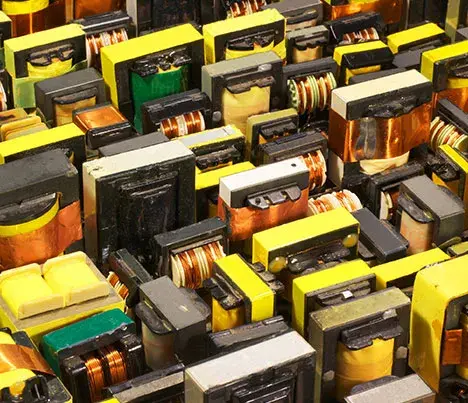
What is a Ferrite Transformer?
The core materials in ferrite transformers are non-conductive ceramic compounds that are ferromagnetic in nature. When the windings of transformers are made of ferrite, they are called ferrite type transformers. The ferrite cores in transformers are made of iron oxide and are combined with zinc, nickel and manganese compounds. These compounds have very low coercivity and are known as soft ferrites. Ferrites have several advantages over other core transformers due to their mechanical and electrical properties. These include high current resistivity, as well as low eddy current losses and high permeability over a wide range of frequencies. All these characteristics make ferrite transformers ideal for a variety of high-frequency transformers, tunable inductors, wideband transformers, and high-frequency circuits from 10 KHz to 50 MHz.



